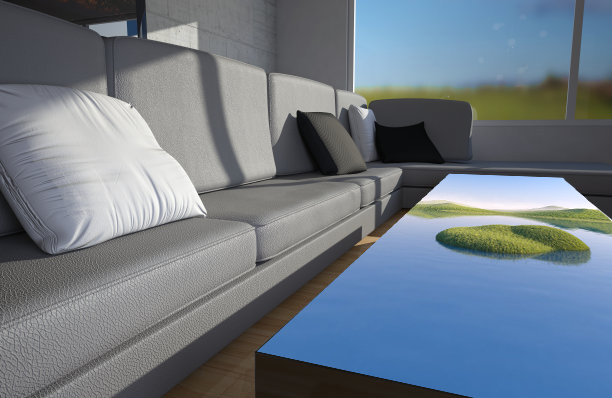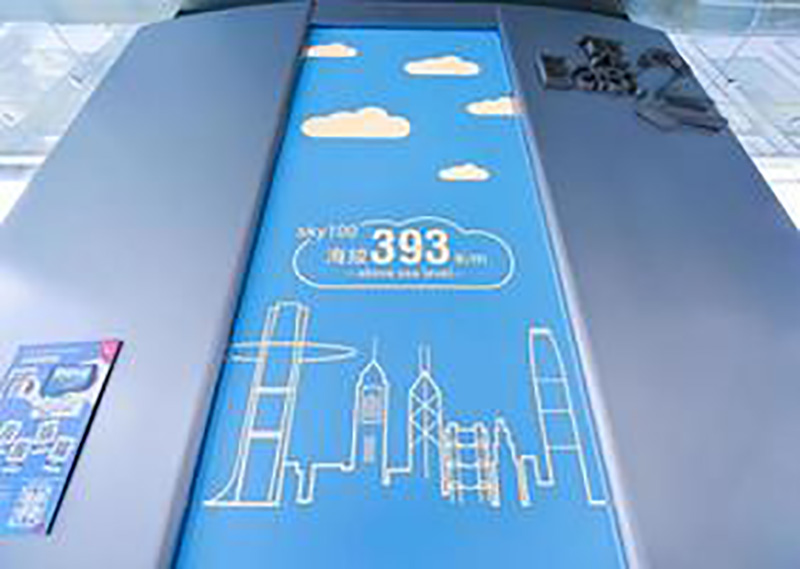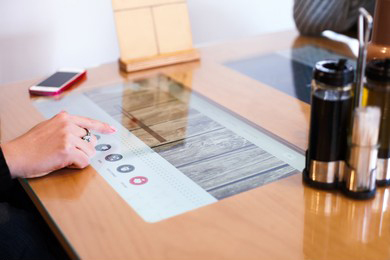Unveiling the Impact of AR and AG Finishes on Touch Tables Image Quality

REFLECTION
The cover glass of a touch-screen can have two primary finishes that impact the image:

1. AR (Anti-Reflective): This coating, applied to one or both sides of the cover glass, reduces certain light frequencies and minimizes reflections. It may appear slightly purplish when viewed from specific angles. AR coatings are compatible with all touch technologies, but they are more expensive, leading to limited implementation.
2. AG (Anti-Glare): This diffusion finish on the cover glass is the most cost-effective way to reduce reflections. However, it softens or slightly blurs the image and may add a subtle color sparkle. AG finishes are more of a concern for touch users, especially with higher resolution displays, but less critical for viewers in presentation systems. Personally, I am not in favor of AG finishes due to their impact on image quality. It’s worth noting that normal desktop monitors typically have an AG finish, but the diffusion effect is less noticeable due to the closer proximity of the display surface to the image.
For the sharpest image result, clear glass is ideal if reflection is not an issue. Keep in mind that all displays have polarizers that can affect brightness when viewed with polarized sunglasses from certain angles. Outdoor displays often use circular polarizers to minimize this effect, but it is unrelated to the touch screen cover glass.
PARALLAX
Parallax is a noticeable issue, especially when using a stylus. It refers to the difference between where the user perceives they are touching and where the touch screen/display actually detects the touch. This discrepancy arises when the touch surface is sufficiently far from the image surface, and the user is looking from an angle. Several factors affect parallax:
– The distance from the surface of touch detection to the display image surface, which can be challenging to measure accurately.
– Certain touch technologies, like IR and PCAP, detect touches above the surface of the cover glass (see False Touch above).
– The technology’s requirements, such as the distance needed for the touch technology to be above the display surface or the thickness of the cover glass.
– Detection height, where some technologies fine-tune to minimize the height, while others require actual contact with the cover glass.
– The resolution of the application, as an application with large buttons is less likely to exhibit noticeable parallax even with a bigger gap between the touch surface and image surface.

PEN & PAPER
Small screen developments are getting closer to replicating the pen and paper experience, with products like the Remarkable tablet doing a pretty good job. However, achieving the exact feel of pen and paper on large touch-screens remains a challenge.
